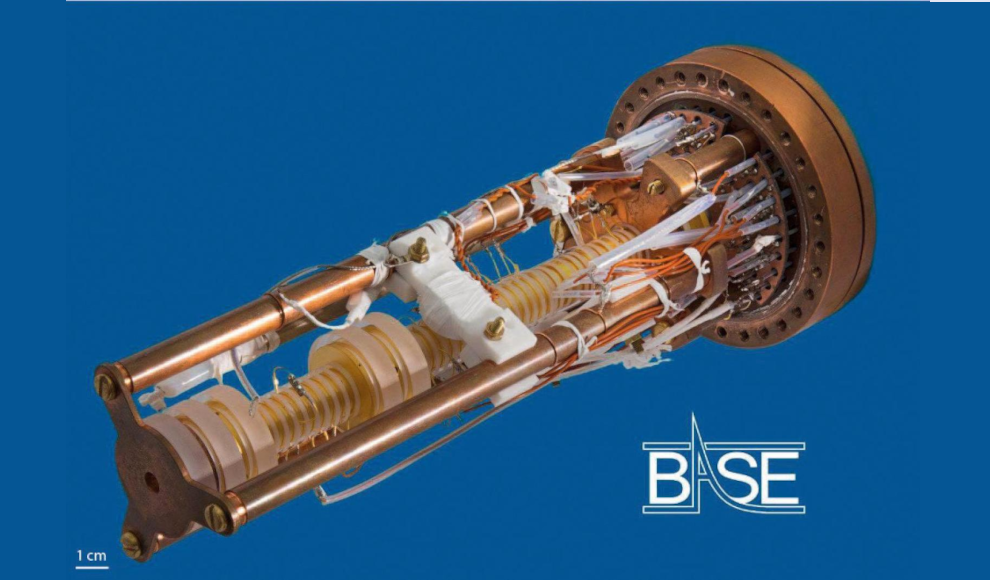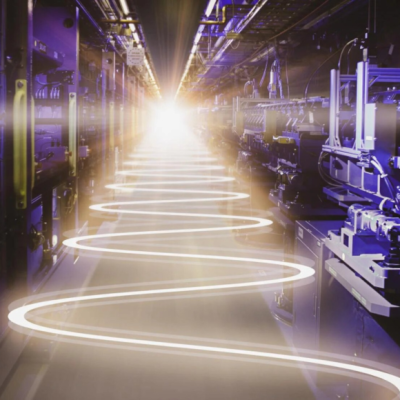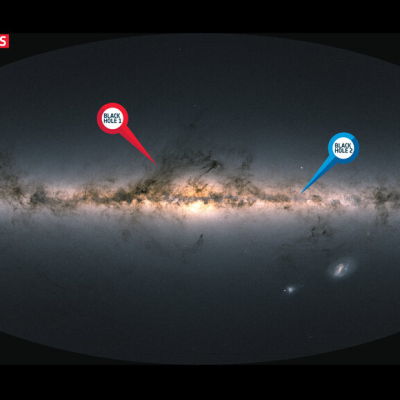Physicists at the European Organization for Nuclear Research (CERN) have measured protons and antiprotons with unprecedented precision. The experiment aimed to understand why matter and antimatter did not annihilate each other during the Big Bang. The CERN is investigating the origins of the universe, delving into fundamental questions about our existence. Antimatter consists of antiparticles that make up every elementary particle, the smallest known building blocks of matter. When particles and antiparticles collide, they annihilate each other, according to the current standard models of physics. However, the standard models cannot answer the question of why we exist, as they suggest that matter and antimatter should have annihilated each other during the Big Bang.
According to a theory in physics, a minimal asymmetry exists between matter and antimatter, preventing them from annihilating each other completely. The team led by physicist Stefan Ulmer measured protons and antiprotons with unprecedented precision in the Baryon-Antibaryon-Symmetry-Experiments (BASE) to test this theory. They compared the mass of protons and antiprotons on 11 decimal places and found no difference. However, it is still possible that differences exist on a microscopic level that has not been measured yet. The physicists plan to investigate whether the magnetic moment of matter and antimatter differs in future experiments.
The experiment sheds light on the origins of the universe and the fundamental questions about our existence. The CERN’s research aims to unify the Big Bang theory and the standard model of particle physics, which currently cannot explain why the universe exists. The team’s findings provide a crucial step towards understanding the asymmetry between matter and antimatter and the origins of the universe.







-400x400.jpg)


